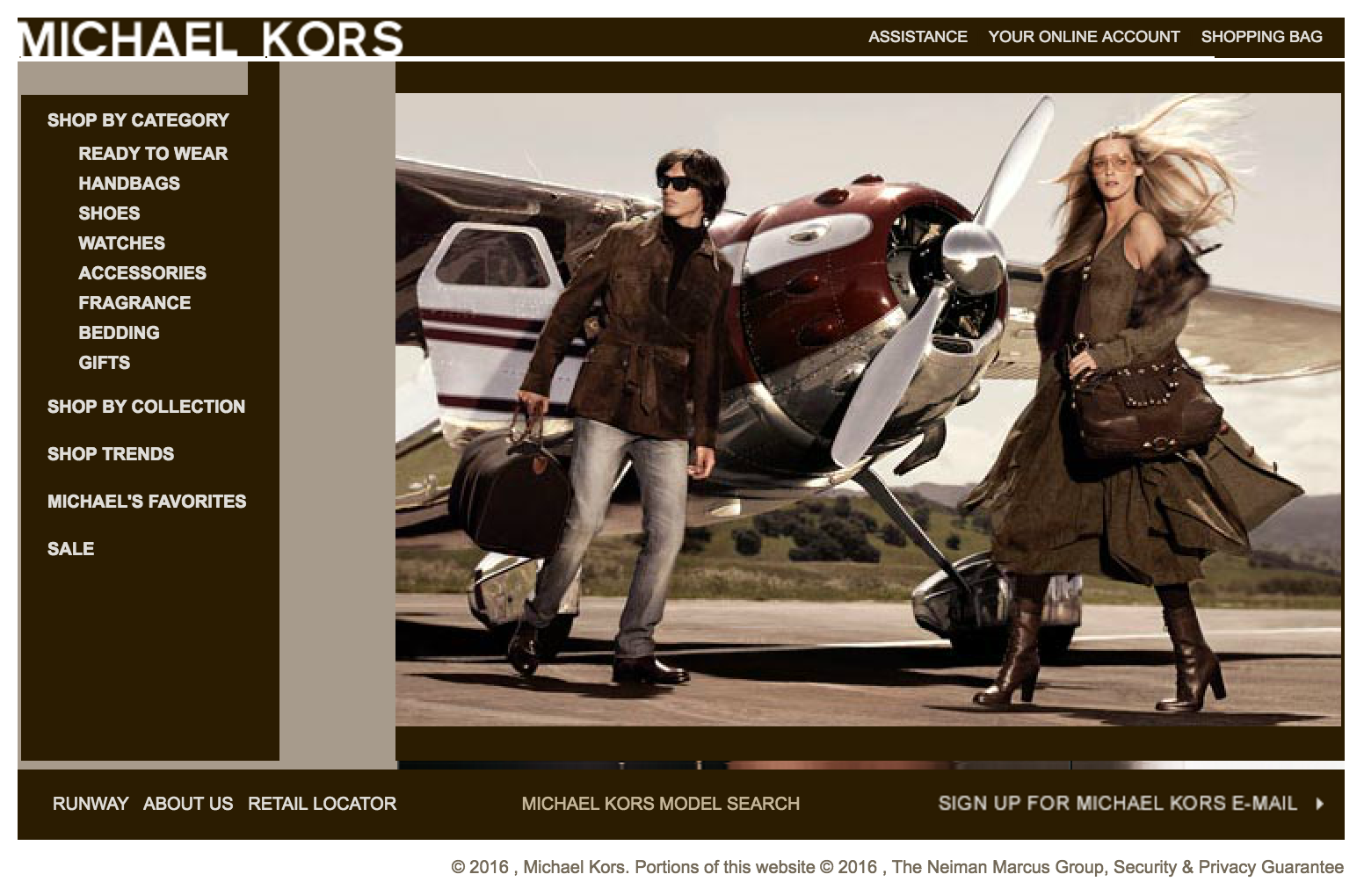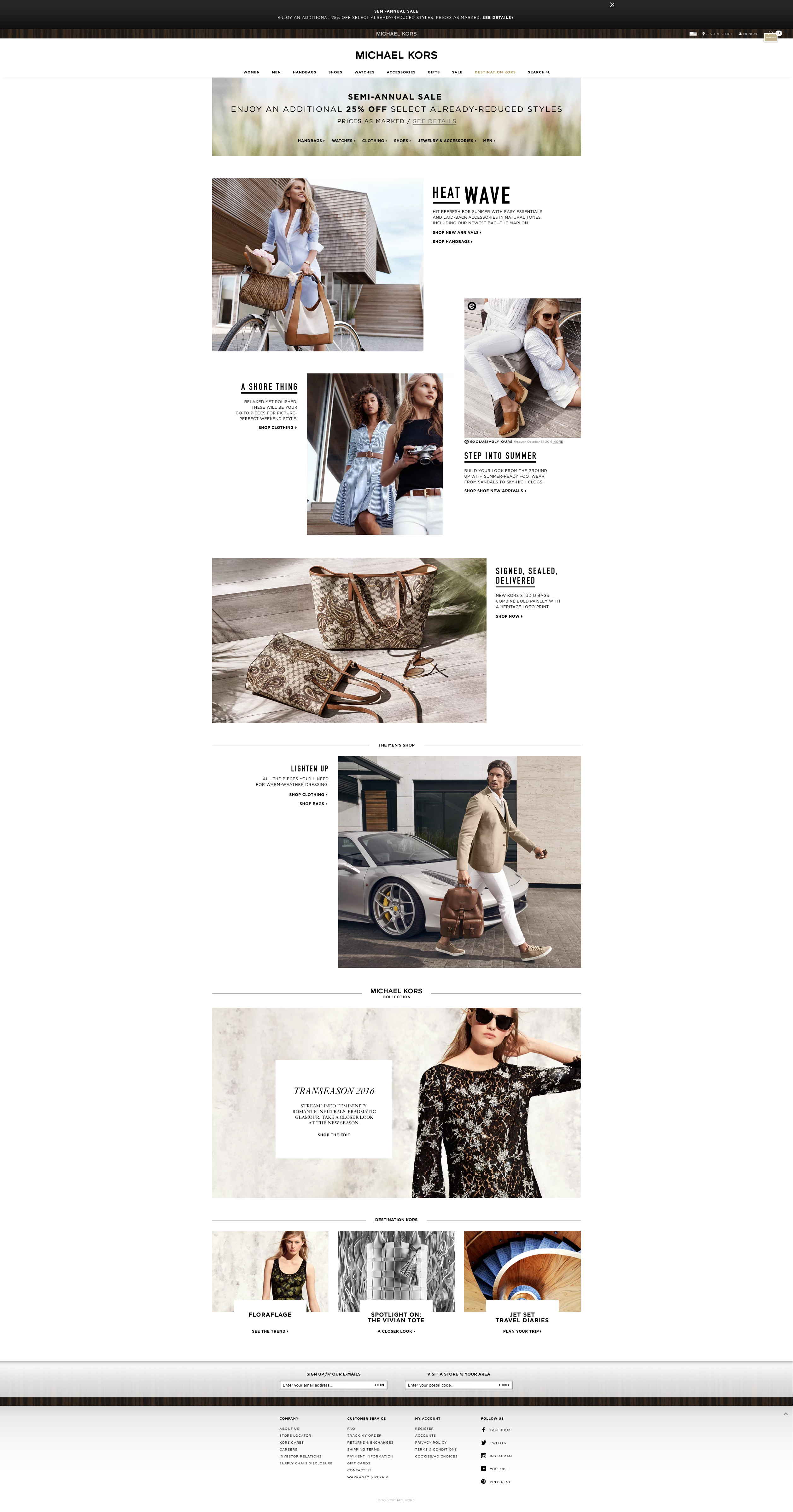The Role of Digital in Fashion Service Design
Service design, as we’ve covered in an earlier post, is a form of conceptual design that involves the activity of planning and organising people, infrastructure, communication and material components of a service in order to improve its quality and the interaction between the service provider and its customers.
It comprises of a number of elements, such as marketing, user experience online and offline, customer experience design, and visual design to form connections with customers, to meet customer’s needs, to improve customers loyalty and generate more business value. In the fashion industry, service design generally consists of three components.
The first one is the services the take place in a company’s retail (or wholesale) stores, such as interior design, its product displays and window-dressing, service offered by its shop assistants, and attachments that are provided along with products. The second element is traditional printing and media communication services, such as magazines, television ads, billboards and so on. And the final element is digital and new media services, such as online stores, social media, email services and so on.
E-commerce and Fashion Retail
E-commerce has played a vital role in modern business transformation, and that has certainly not excluded the fashion industry. Who could forget boo.com and it’s legendary 3D manikins that were years ahead of their time? Consider how much time people spend on the Internet daily and how much digital content people consume in general without shopping, and we can quickly conclude that digital services can make a big impact for businesses at various points of their proposition. Increasingly, online shopping has become much more important and potentially essential to people. We are in the era where some online-only retail fashion markets run as profitable and operationally complex a business as their bricks-and-mortar competitors. For example, ASOS (http://www.asos.com/) and Misguided (www.missguidedus.com).
Have you noticed that your browser always knows what you are looking for? Customer will often be presented with “things you might like” when visiting an E-commerce store and will receive an order email. When customers sign up with the store, they receive sale information, holiday information and some more personalised touchpoints such as birthday discounts.
Promotions are one of the vital elements of fashion service design. The challenge for e-retailers is to catch every connection to promote their products. And what more (relatively) low-cost but deeply penetrating vehicle is there than the Internet. Smartphones now outnumber people on the planet. And, our information and actions are followed fiercely by our browsers in this big data world of ours. After you’ve searched or visited a brand or product, your browser follows you with the ads and information about the product you searched for across your platforms – like Google search, Facebook, Instagram, twitter and Weibo – and any site that presents ads based on your tracking data.
Three key factors
Online store experience service, email connection services, and promotions are the main factors in digital service design in fashion. As fashion companies put increasing effort into online retail stores, the competition becomes much more finely-tuned as to what will optimise sales and user satisfaction.


Compare the web pages of ten years ago to web pages now and we can see the difference that’s happened over the decade. Take Michael Kors, for example, the web page in 2006 (https://web.archive.org/web/20061228013343/), the first image, and the web page right now (http://www.michaelkors.com/), the second image, are unquestionably quite different. Some might even go as far as saying the similarity ends that both sites are on the Web. The improvement is clear in terms of branding, interface design, user experience design, consistency and uniqueness. How to make the website more user-friendly, aesthetically pleasing and more convenient to accomplish the grail of simplifying users’ e-commerce experience is one of the main digital service design goals.
Things that are often considered regarding how to provide a consistent style and so contribute toward providing a great service are:
- how to present all the products effectively (imagery and copy)
- how to make different lines clear (differentiating a fashion brand’s own lines from that of its competitors), and
- how to make the purchase process easier (from showing “bag” details through to paying).
Emails
Email services are another major part of digital service design as email is an easy way to create a connection and initiate a dialogue with customers. Email can be used to deliver account welcome information, order information, “new arrivals” information, sale information, receipts, wish lists, birthday gifts and so on. Ensuring its email service is friendly, easy to read, and simple to jump to the retail site can make an enormous difference for a business.
Promotions
Promotions can take diverse forms and are always about marketing. However, some promotions do have a services design element. Particularly, when service providers establish connections with customers, promotions can provide trade and sale information to harness and grow the connected relationships.
These three parts of service design – online store experience service, email connection services, and promotions – always work together. Consider that a short while ago, I received a sales email from ASOS. Then, as I was trying to open the associated webpage by clicking a link button in the email, I failed after several times of trying. The reason for the failure was that ASOS were updating their site and had stopped the server, news of which I happened upon from a news website. Needless to say, I was left feeling disappointed, and any feelgood factor from the prospect of purchasing the dress in the email at the discount at which it was being offered. A couple of days later, I received a new email from ASOS – they were acknowledging their mistake with the server shut-down and provided an extra 10% with everything with the code BIGTHANKS. That encouraged me to click the link again.
We should mention one additional aspect of service design in the digital realm that can help optimise the proposition – branding. Keeping different sites and channels same style, showing branding consistency can help to build a good brand into a better one and make a company’s digital services more professional. Identity (logo, colour, typography and so on), templates (site layout and email layout), and user interface design (navigation, buttons, links, etc) are all the elements that need to be considered and standardised. Digital brand guidelines specify a standard for all the services designers in a company to achieve omnichannel consistency.
Conclusion
The user or customer experiences in digital stores are just as important as the experiences in any physical store. Providing user-friendly digital services are as important as great shop assistants in physical stores, and building a great brand in the digital world is as important as the same offline displays and decorations in physical stores. The email conversations between a company and its customers can solidify these party’s relationship. Therefore, digital service design can very cost-effectively generate more conversations and connections between vendor and customer and can provide an easy, convenient, and overall comfortable shopping environment for the latter.

